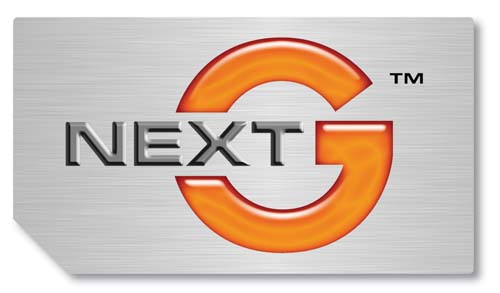 As we move towards the end of the first decade of the new millennium we live in a time when communications networks over significant parts of the world’s population are surrounded by advanced communications networks.
As we move towards the end of the first decade of the new millennium we live in a time when communications networks over significant parts of the world’s population are surrounded by advanced communications networks.
As in many things, Australia leads the world with the fastest 3G data network. It must be true as it’s in the Guinness Book of Records. The NextG network is a 850MHz HSPA network. It covers most of the Australian population – I’ve used it in Marble Bar in the Pilbara region of north western Australia and that’s a long way from anywhere.
The NextG network carries data using HSPA, or High Speed Packet Access. HSPA includes HSDPA and HSUPA where the D and U stand for downlink and uplink respectively.
HSPA is an update on the older WCDMA standard that grew from the GSM communications standard. Telstra, the owner and operator of the NextG network, chose to deploy the network using the 850MHz frequency. When they rolled the network out they were under directions to ensure that the NextG network covered at least all the areas their old CDMA network spanned. By running at 850MHz rather than the more common 2100MHz band they were able to achieve the desired coverage footprint with fewer base stations than would otherwise have been possible.
So, what’s all that mean? It means that the NextG network works just about everywhere people go in Australia. None of the other carriers can lay claim to such a wide coverage footprint, even though they’re trying. Both Optus and Vodafone have used the 900MHz spectrum to roll out their networks to regional areas across the country.
Also, Telstra has invested in making the network as fast as possible. Recent updates boosted the network, when used with the right connection hardware, to a theoretical maximum speed of 42Mbps using HSPA+ Dual Carrier technology. However, the reality is that no-one can actually use the 42Mbps. The best you can hope for is somewhere between 5% and 35% of that limit based on real world testing and use.
Although other Australian carriers offer 3G networks utilising HSPA, none have the same coverage or performance. The only downside to this is that Telstra charge handsomely for access to their network although, to be fair, that have been dropping prices and increasing the value of some of their mobile data plans even offering mobile data access for pre-paid customers.
While the road Telstra travelled to get their NextG network up and running was sometimes a little bumpy, they have created what’s generally accepted to be the fastest wireless data network in the world. And it’s good to see that they are continuing its development.
MobileModo is Gizmodo Australia’s look at the rise and rise of the mobile phone, from Bell’s landline to the ubiquitous mobiles of today.